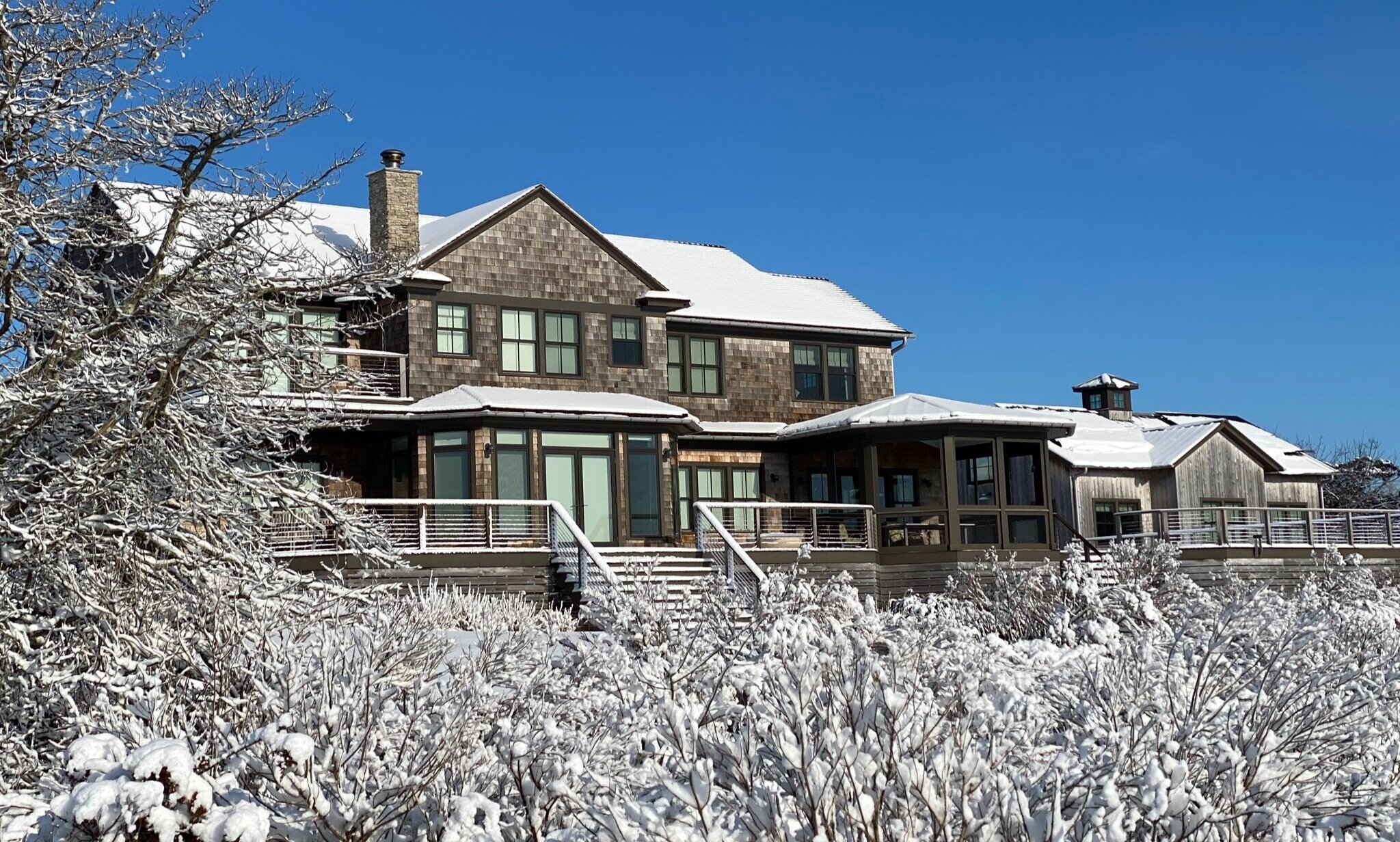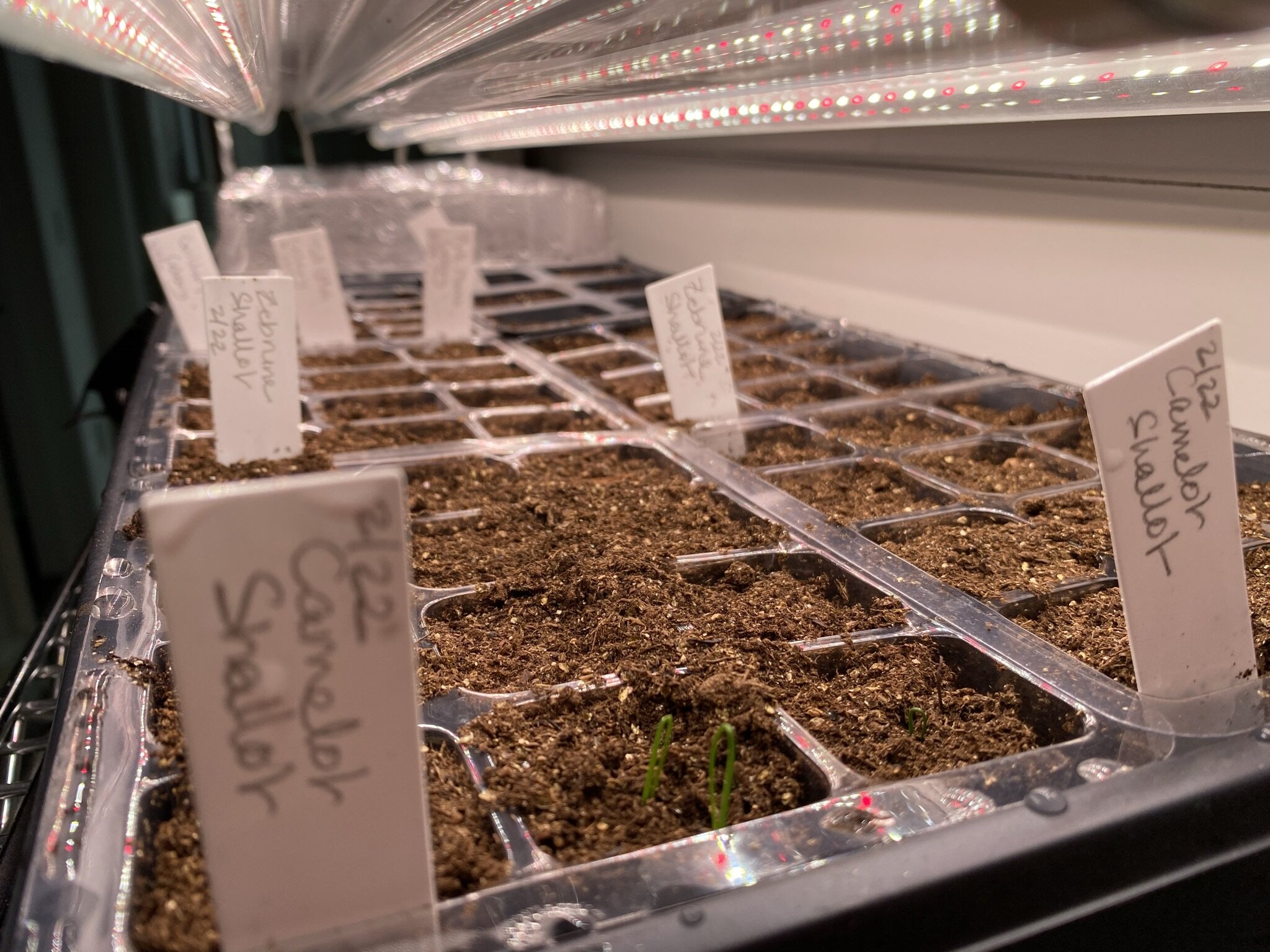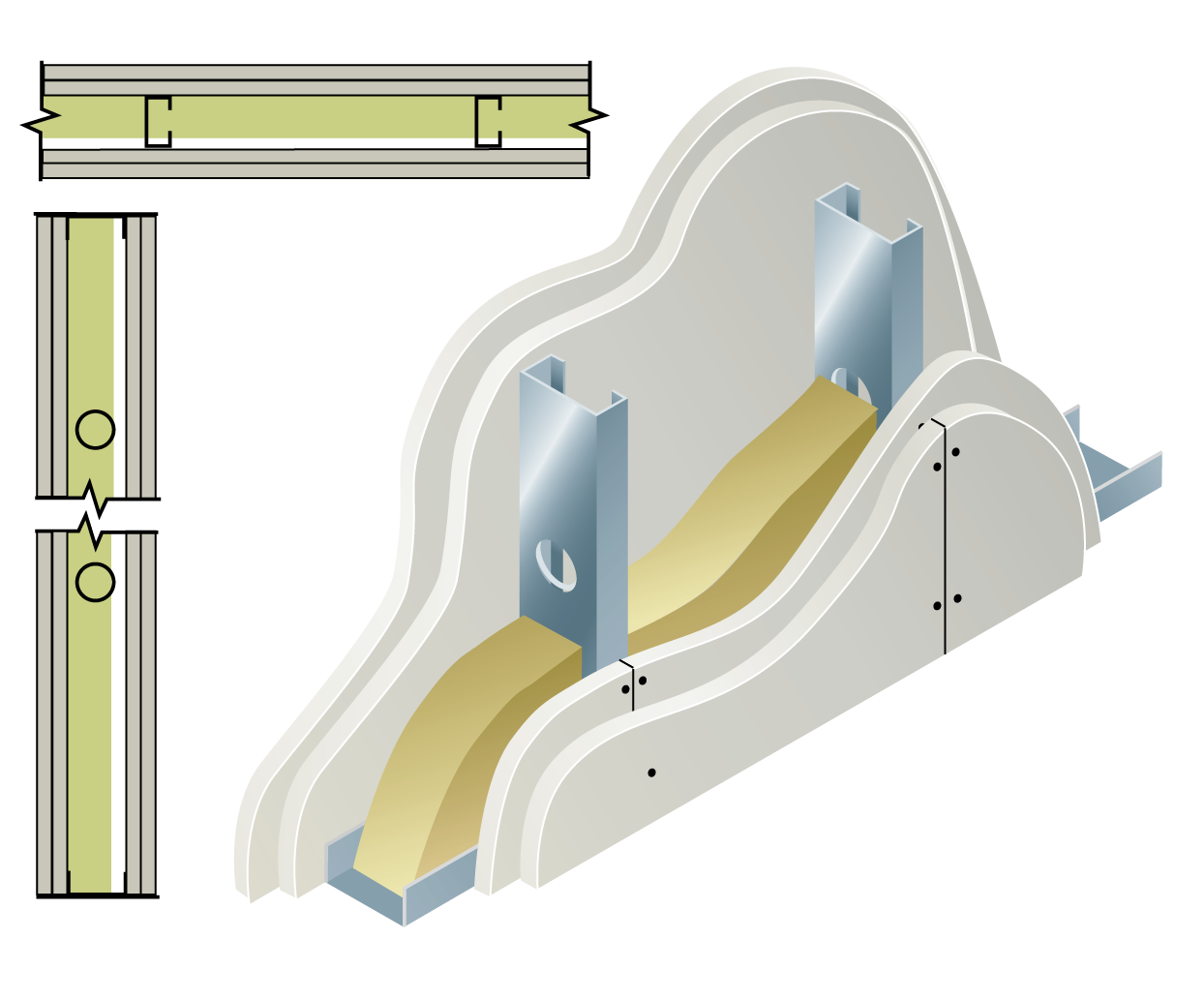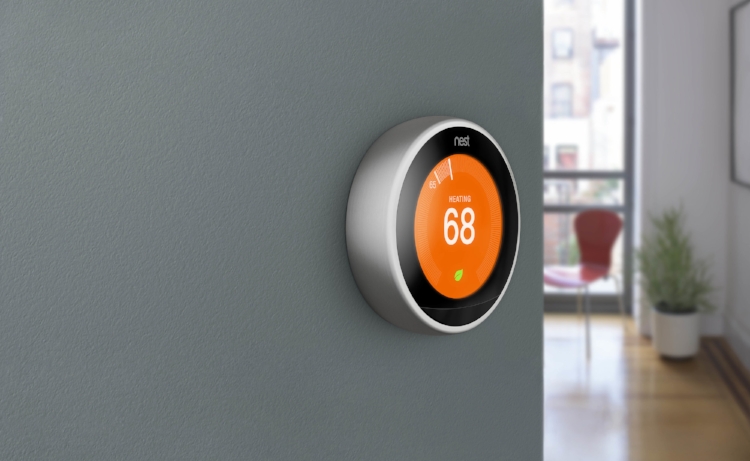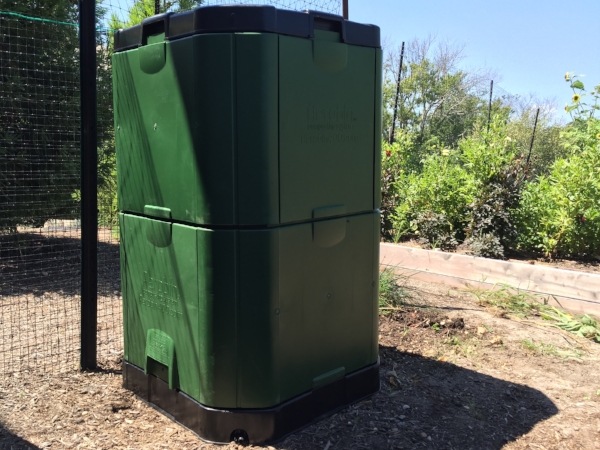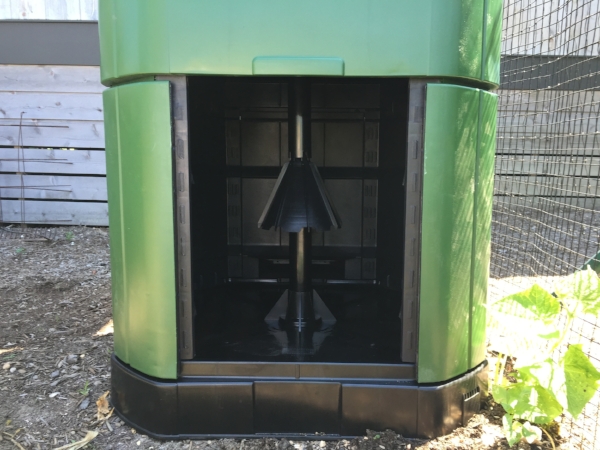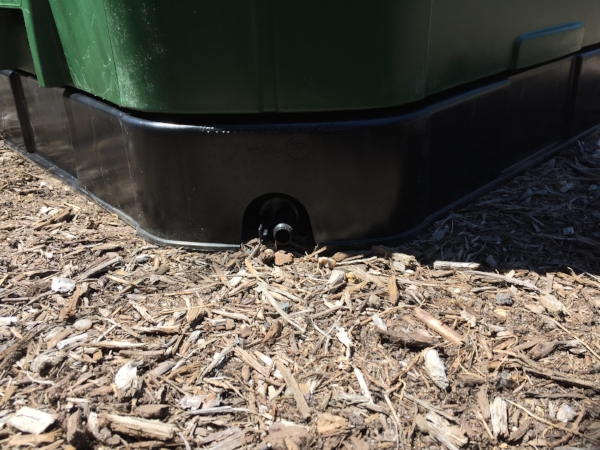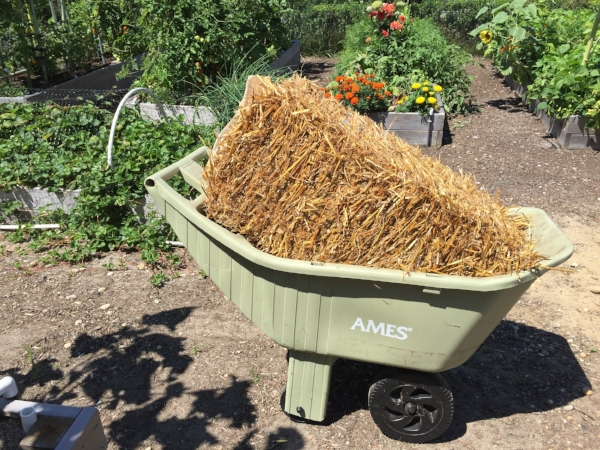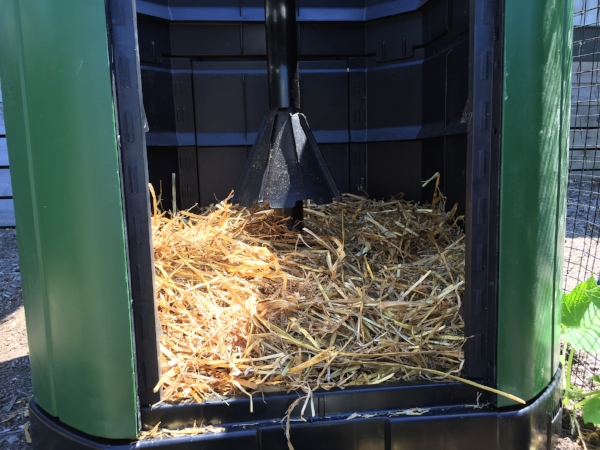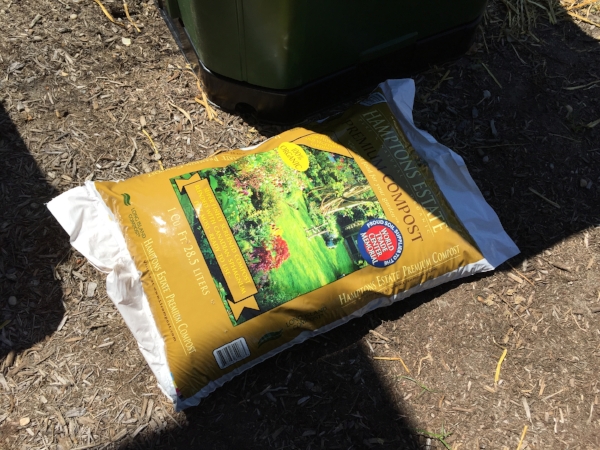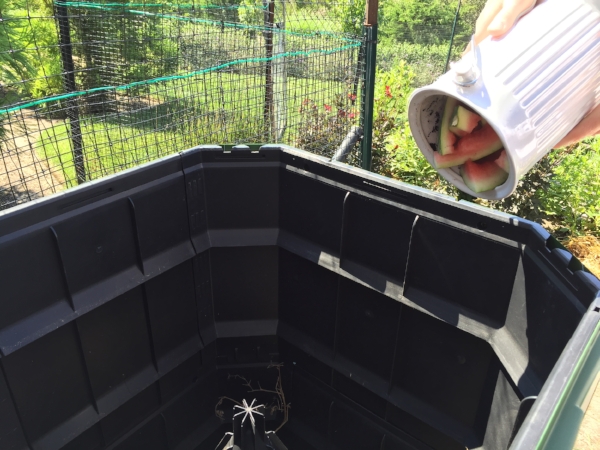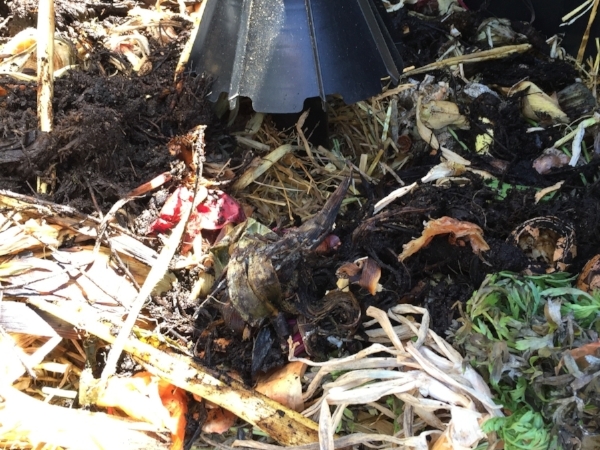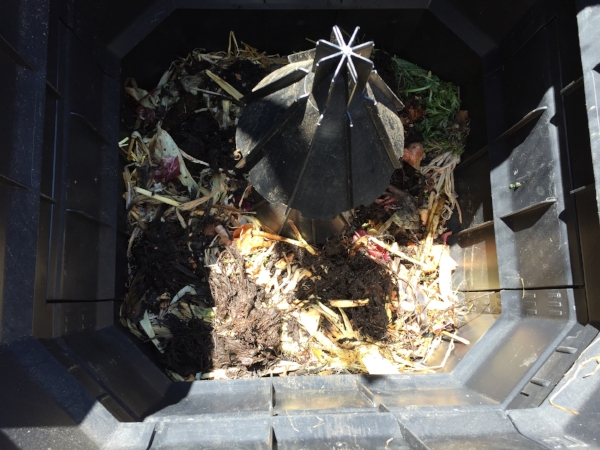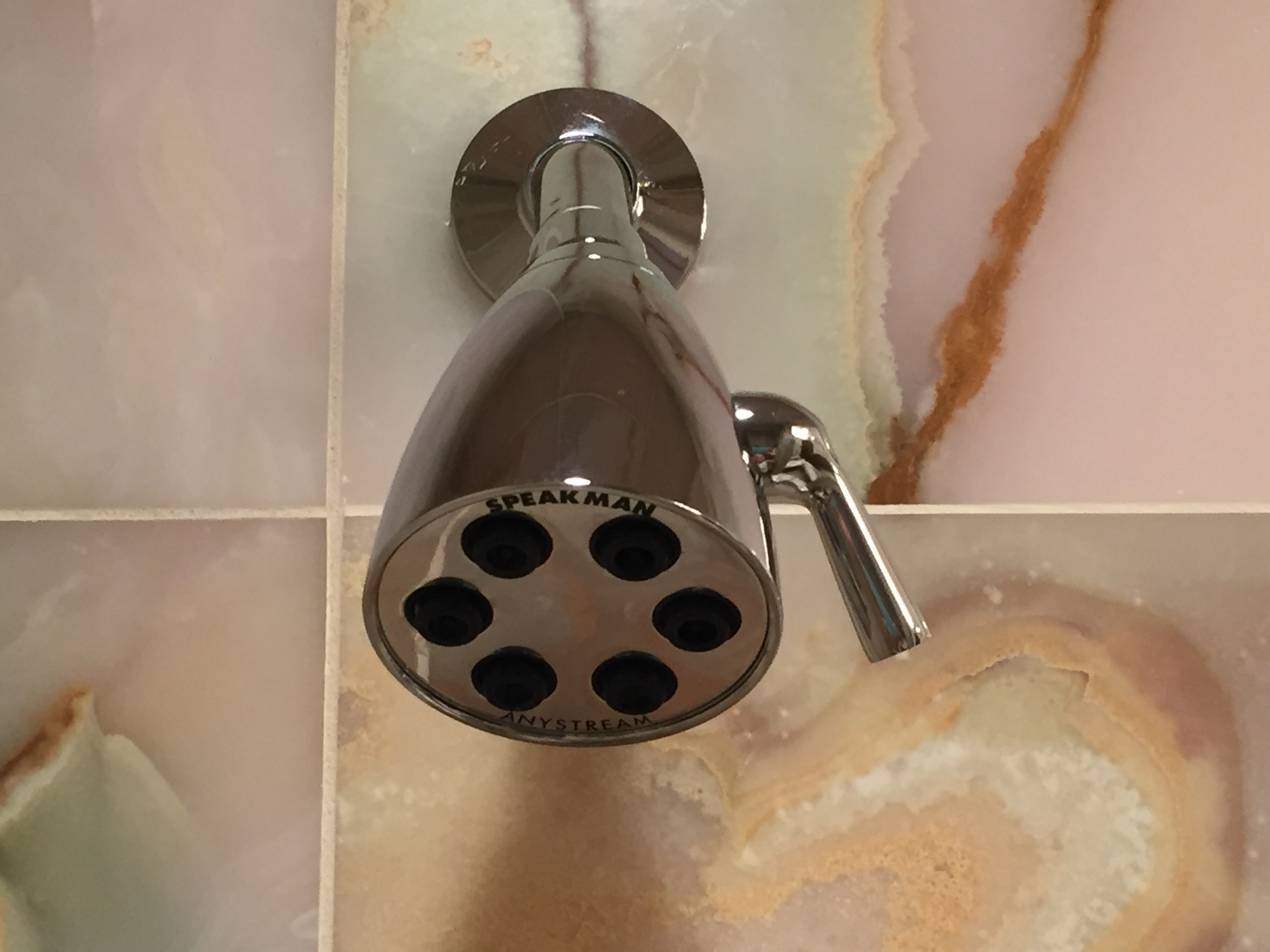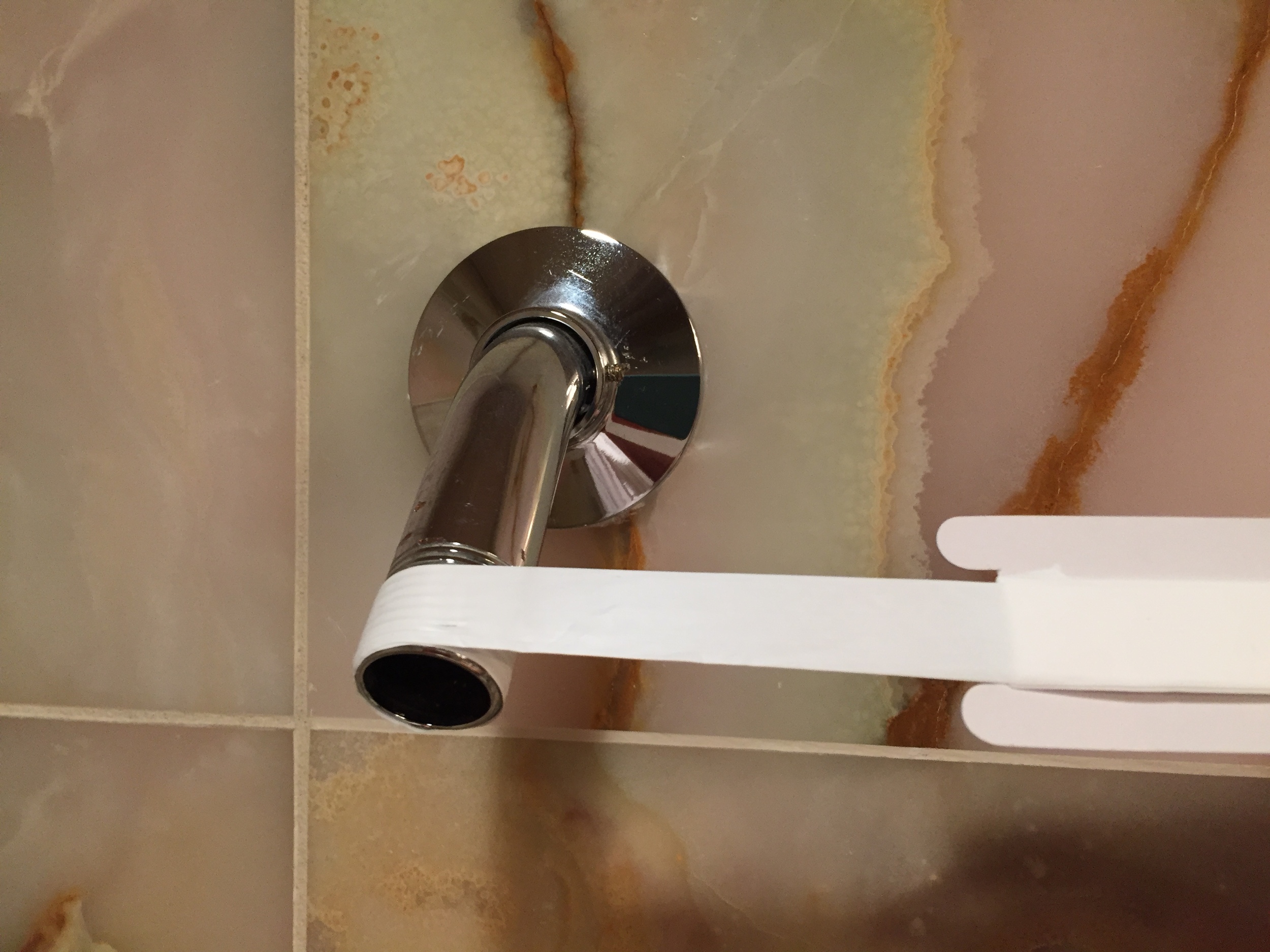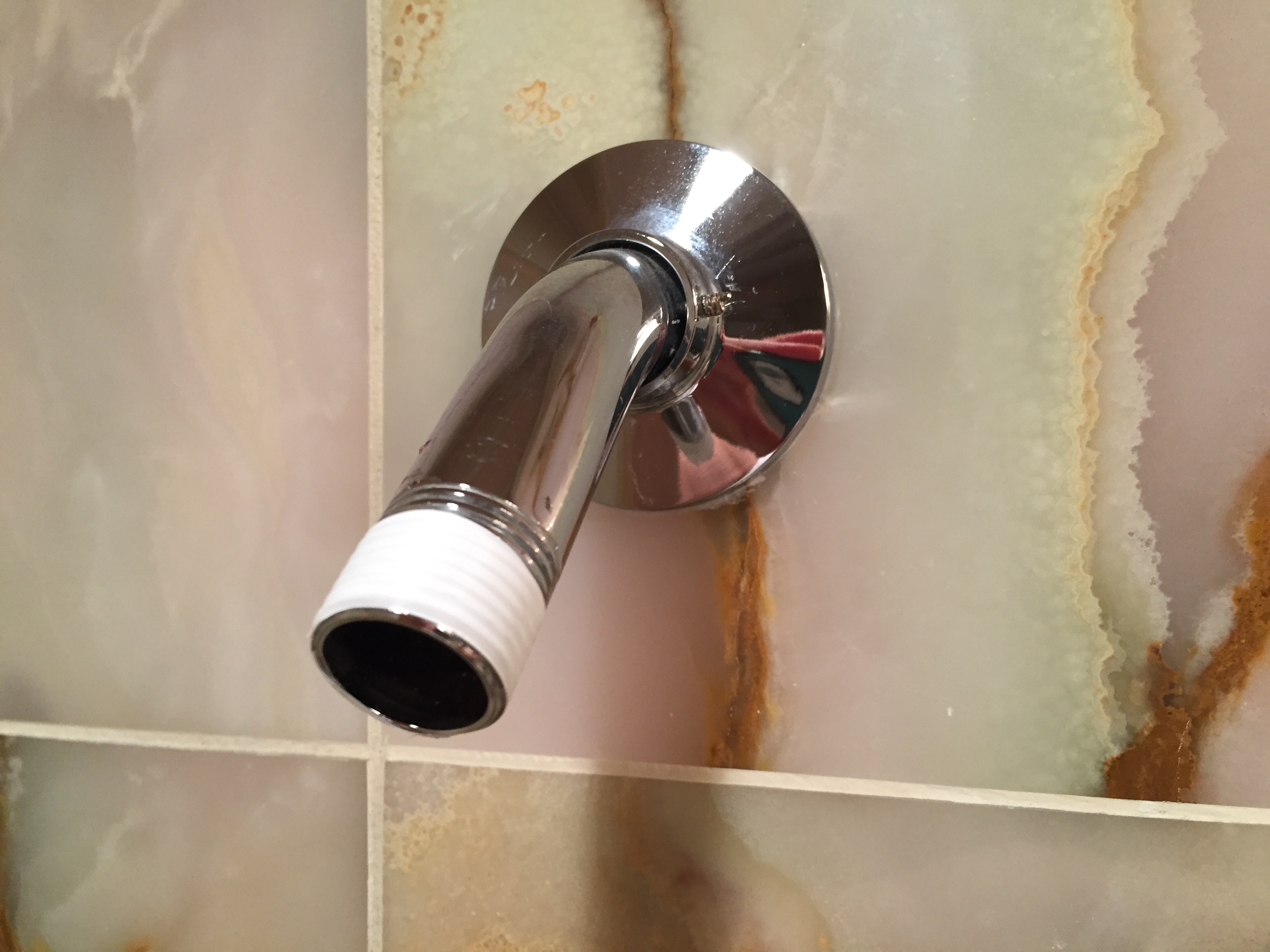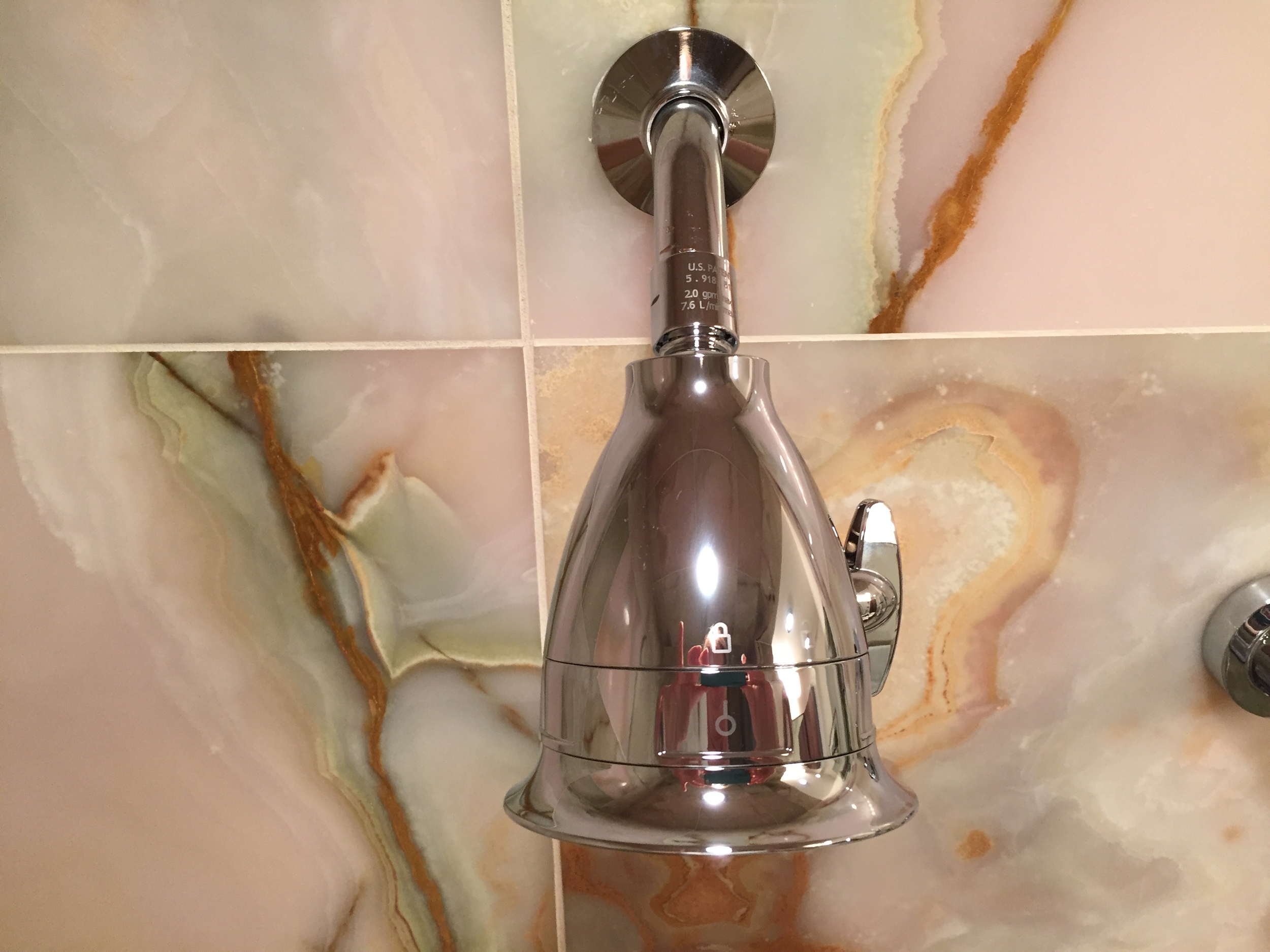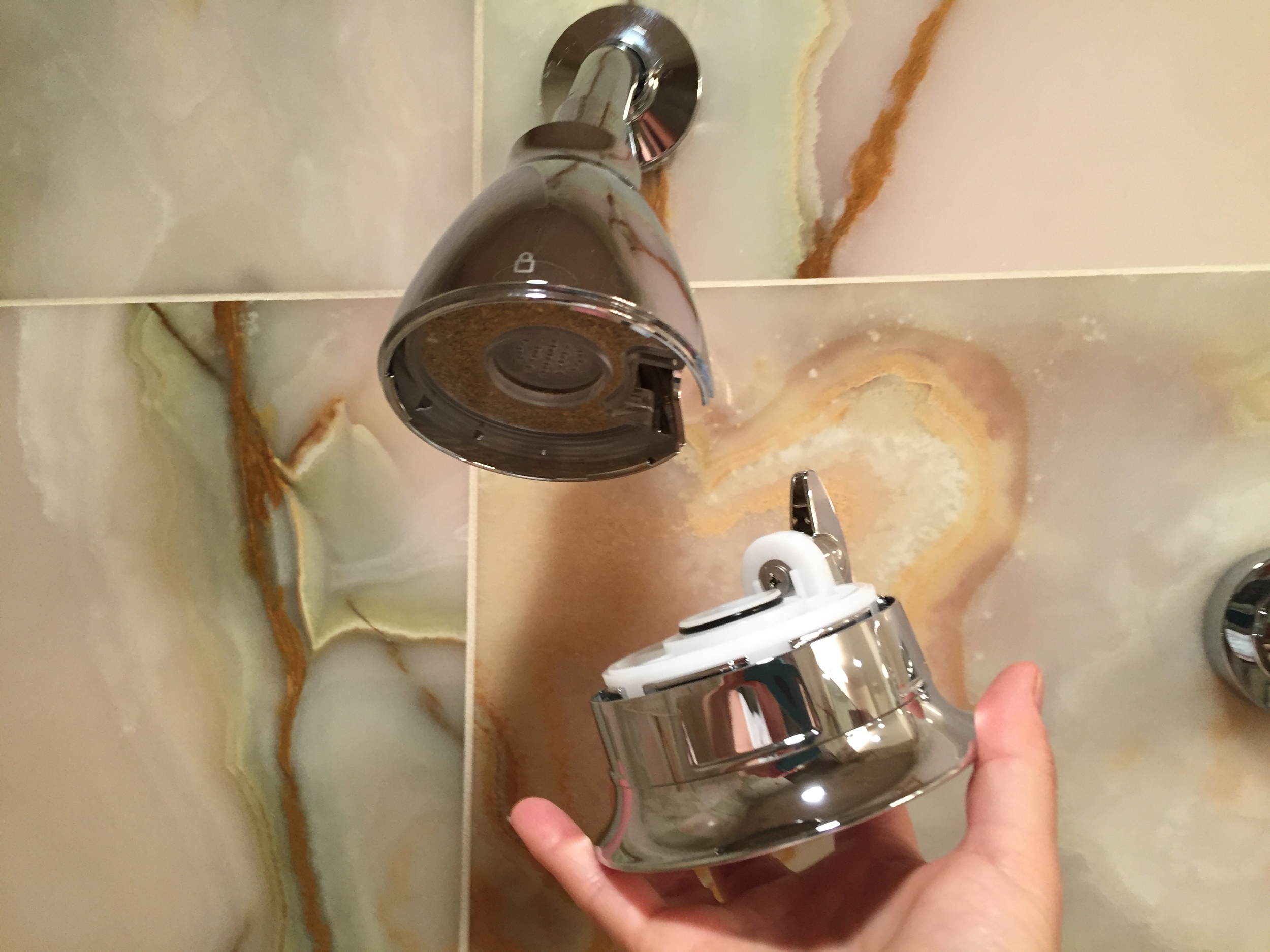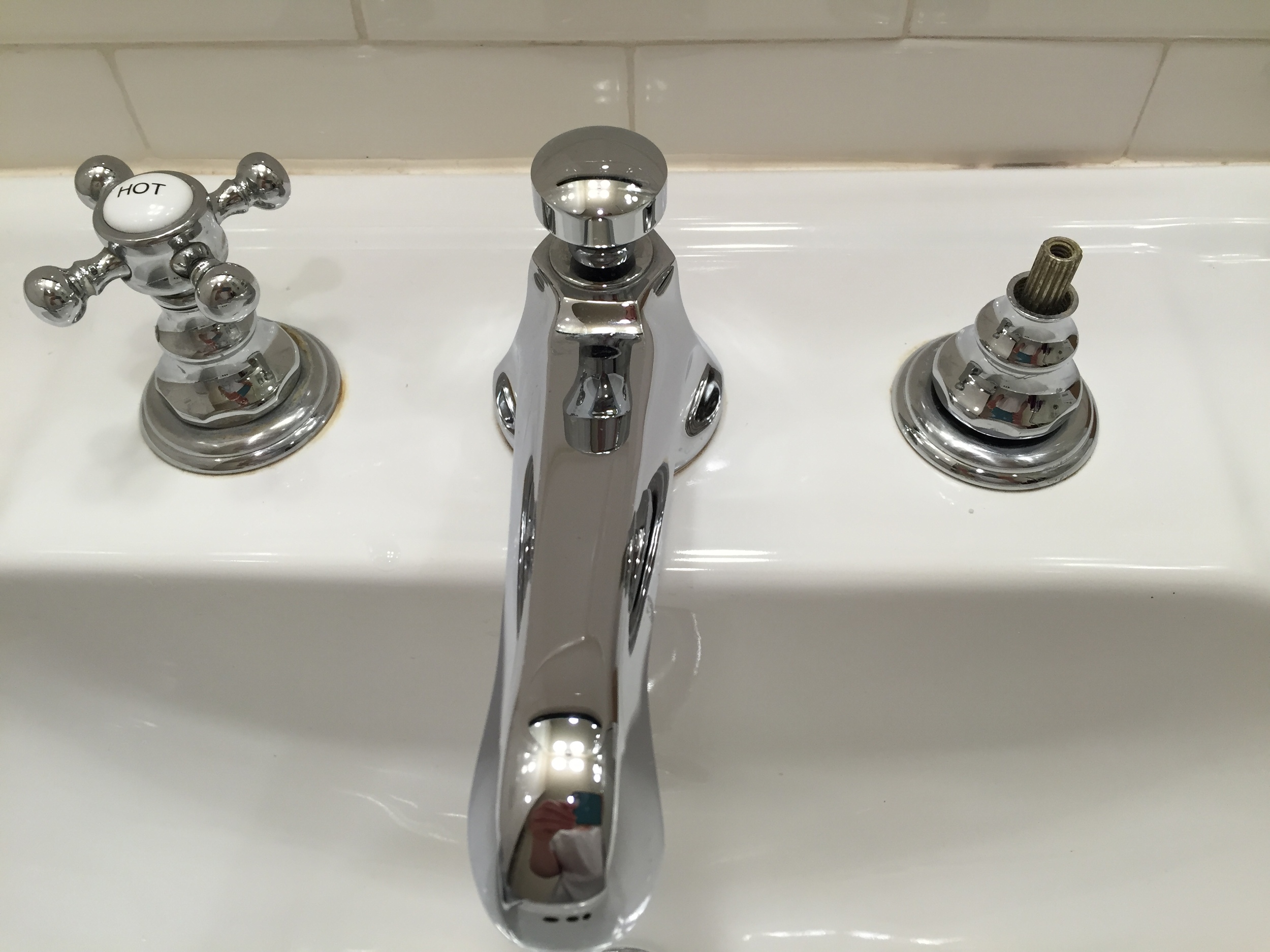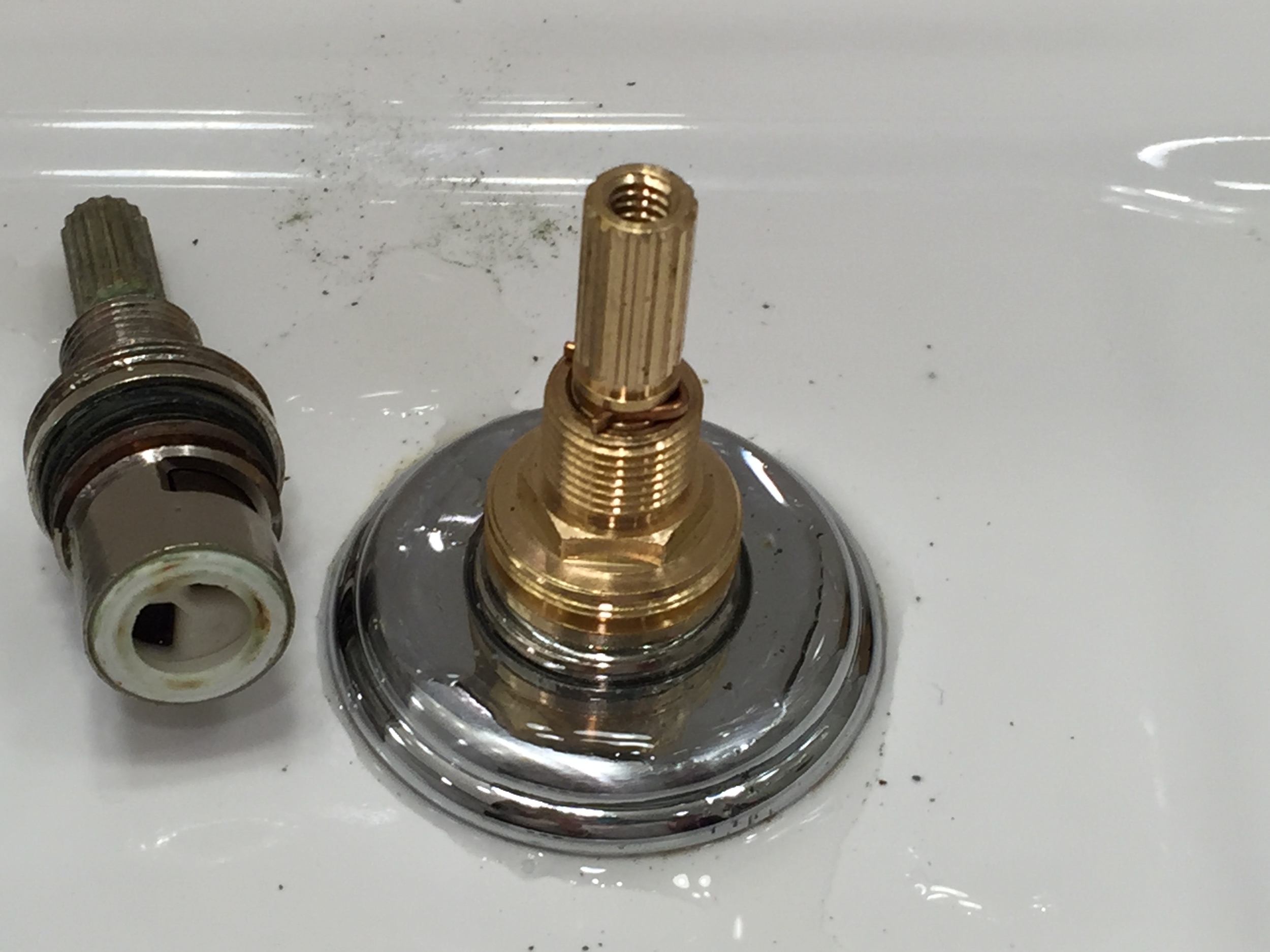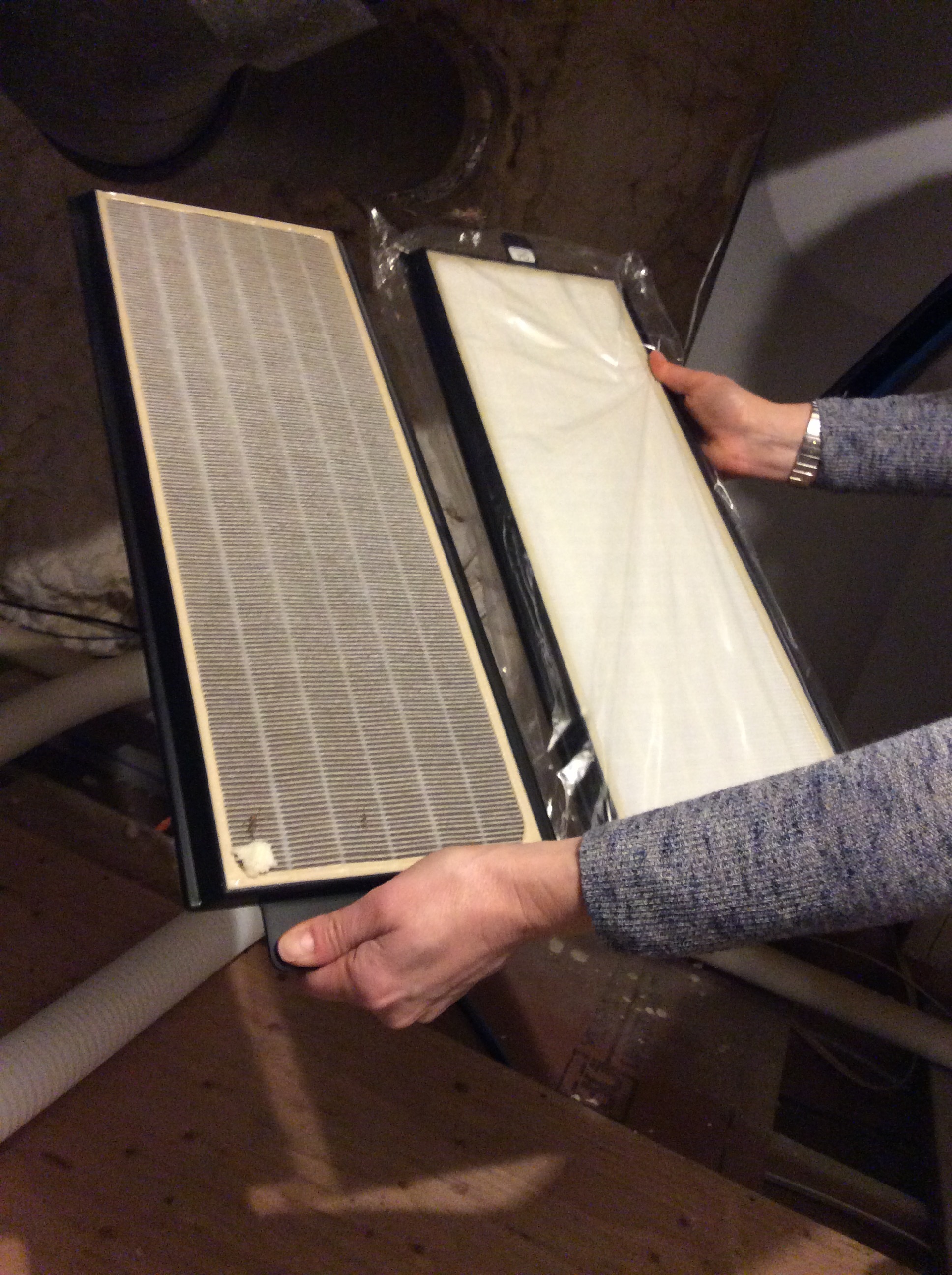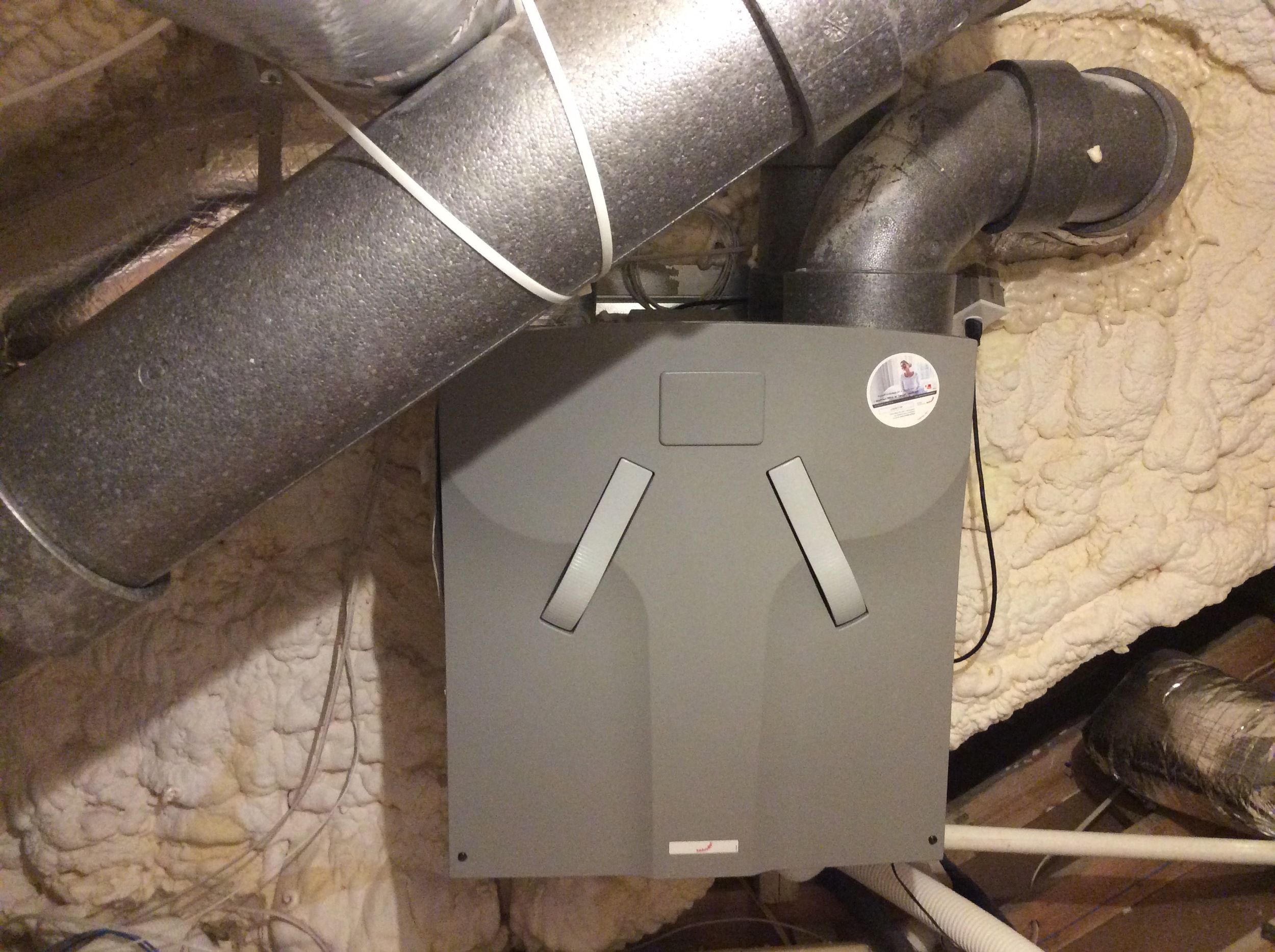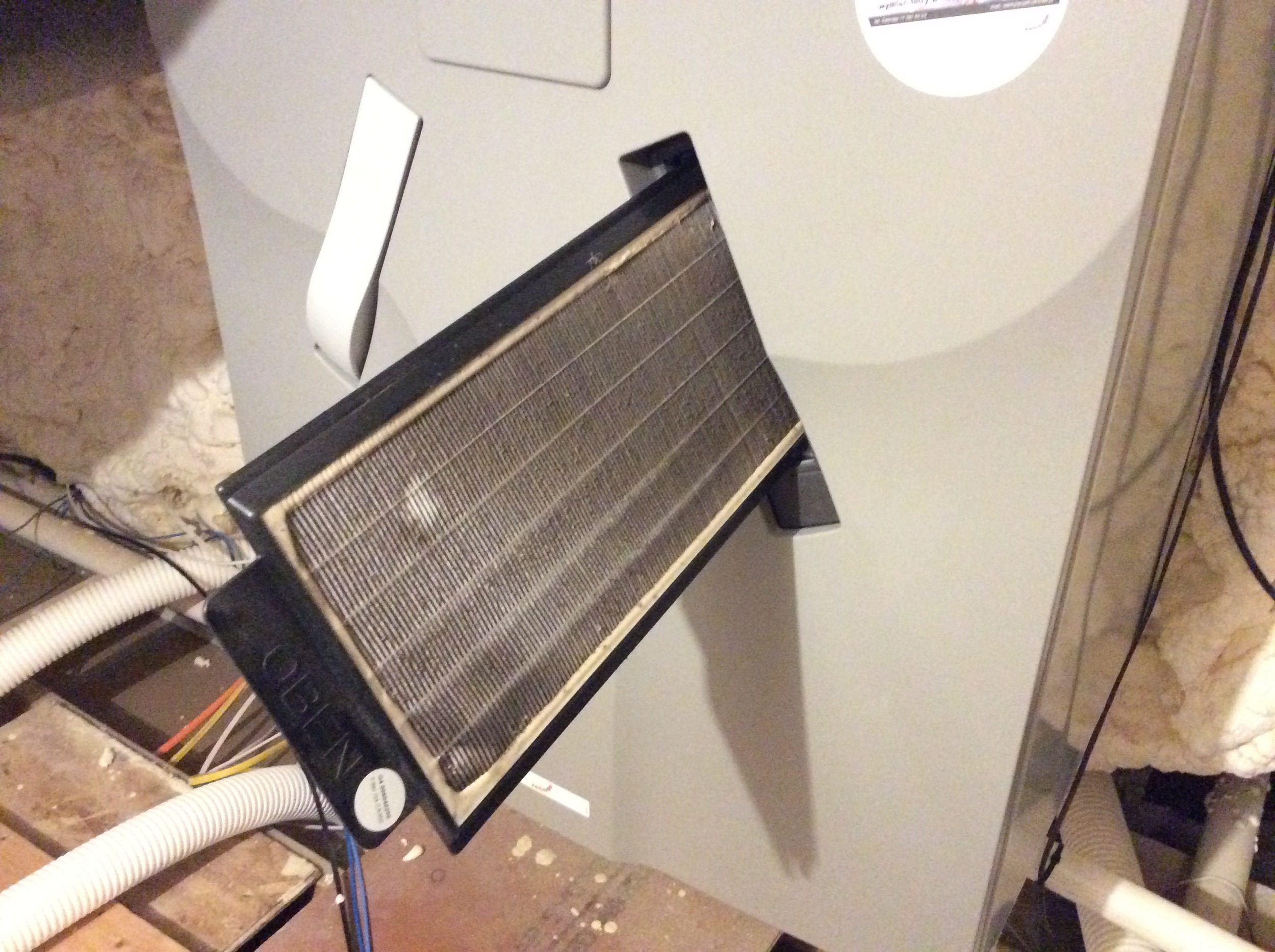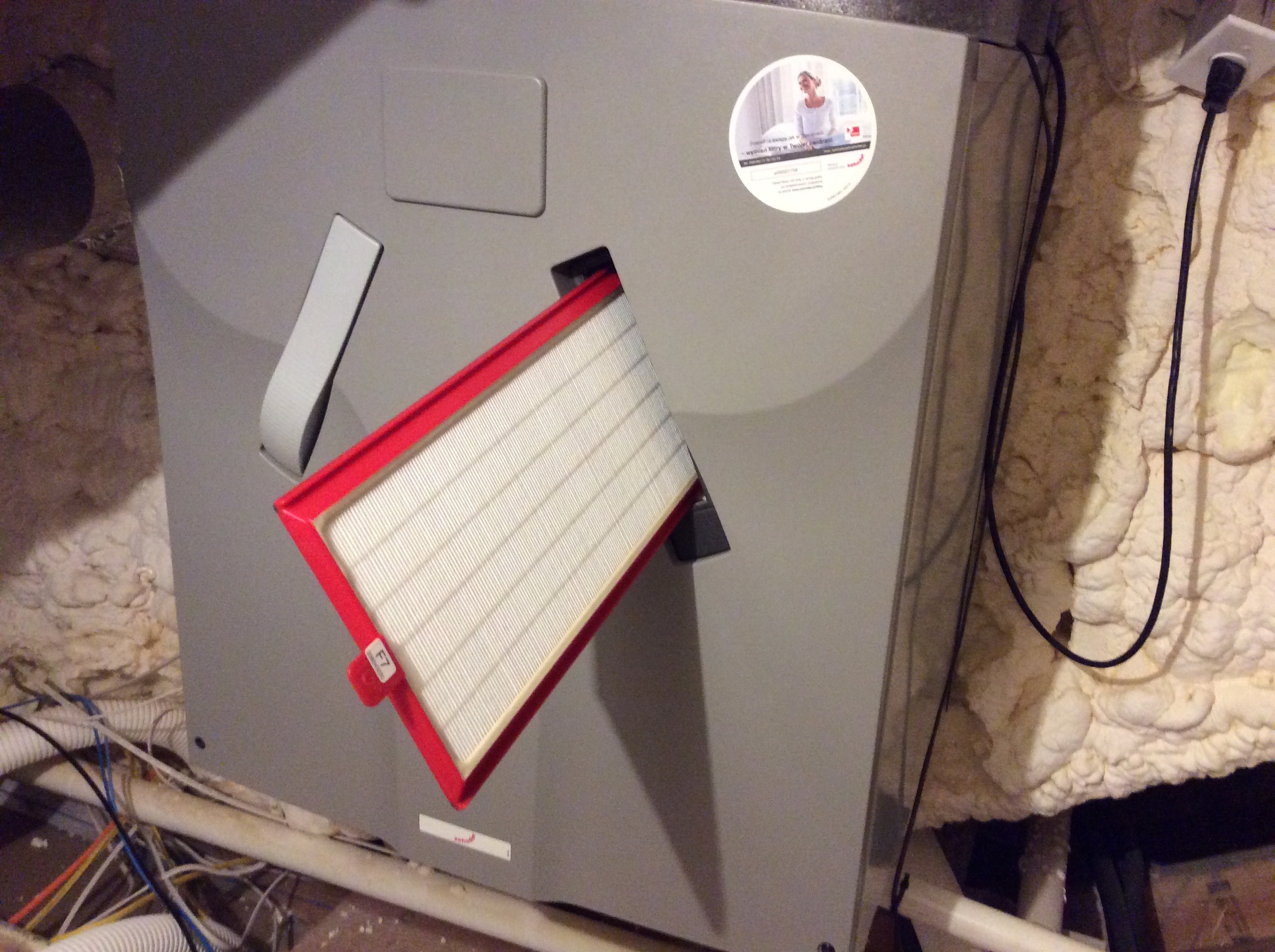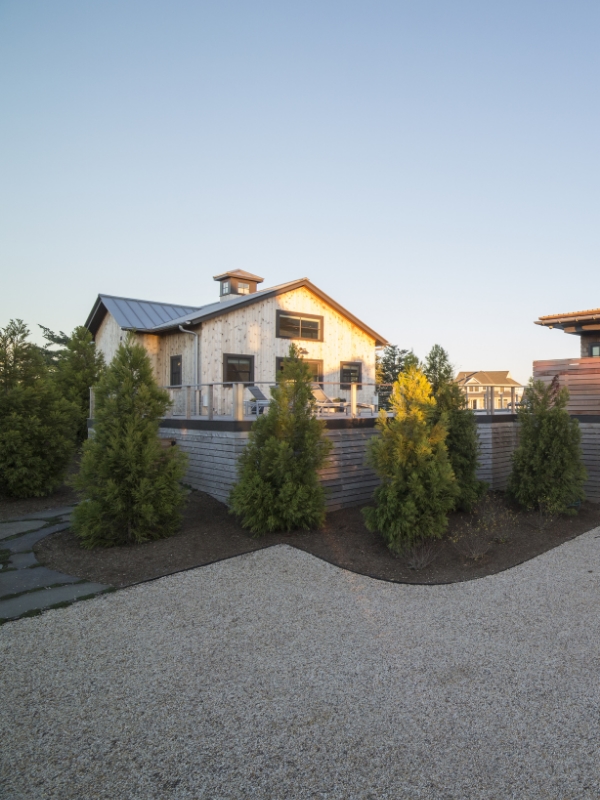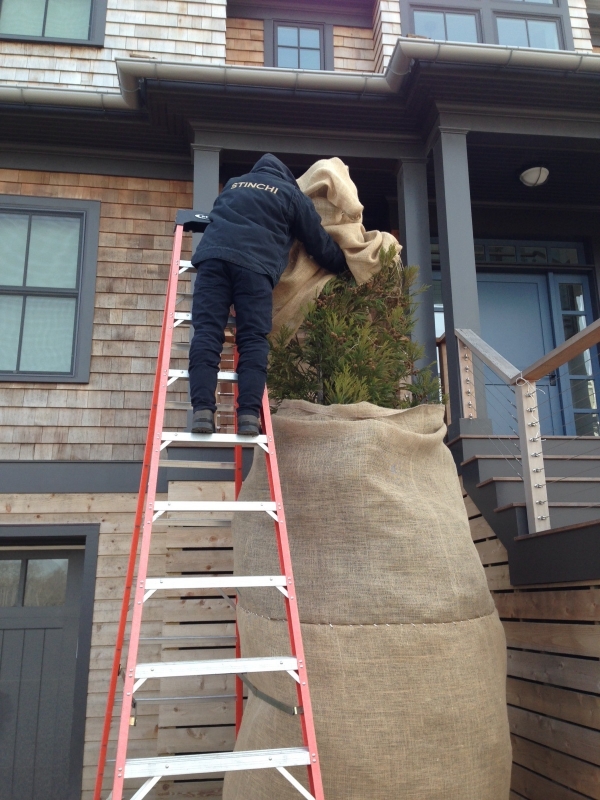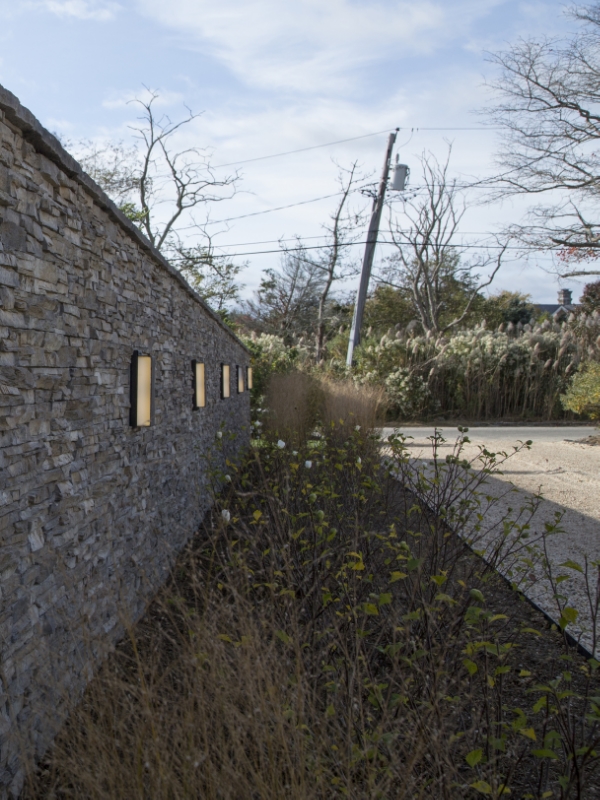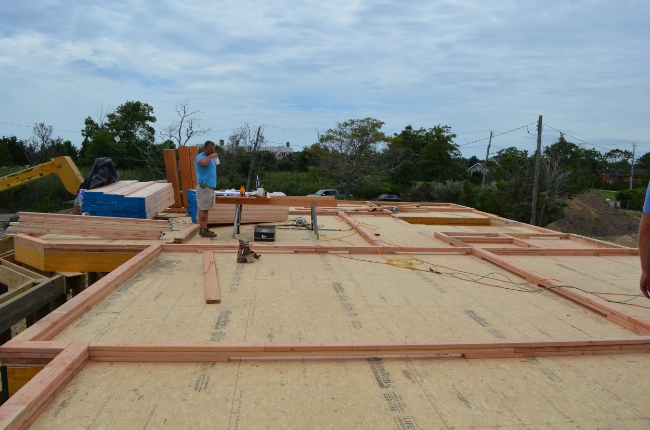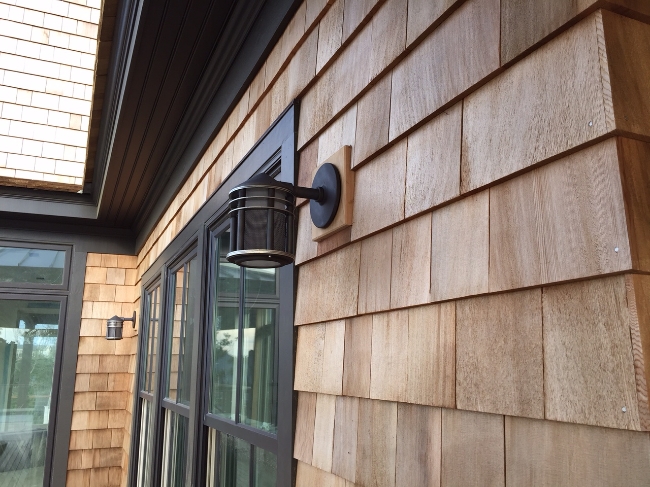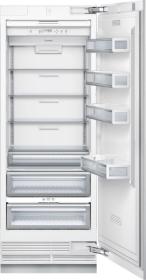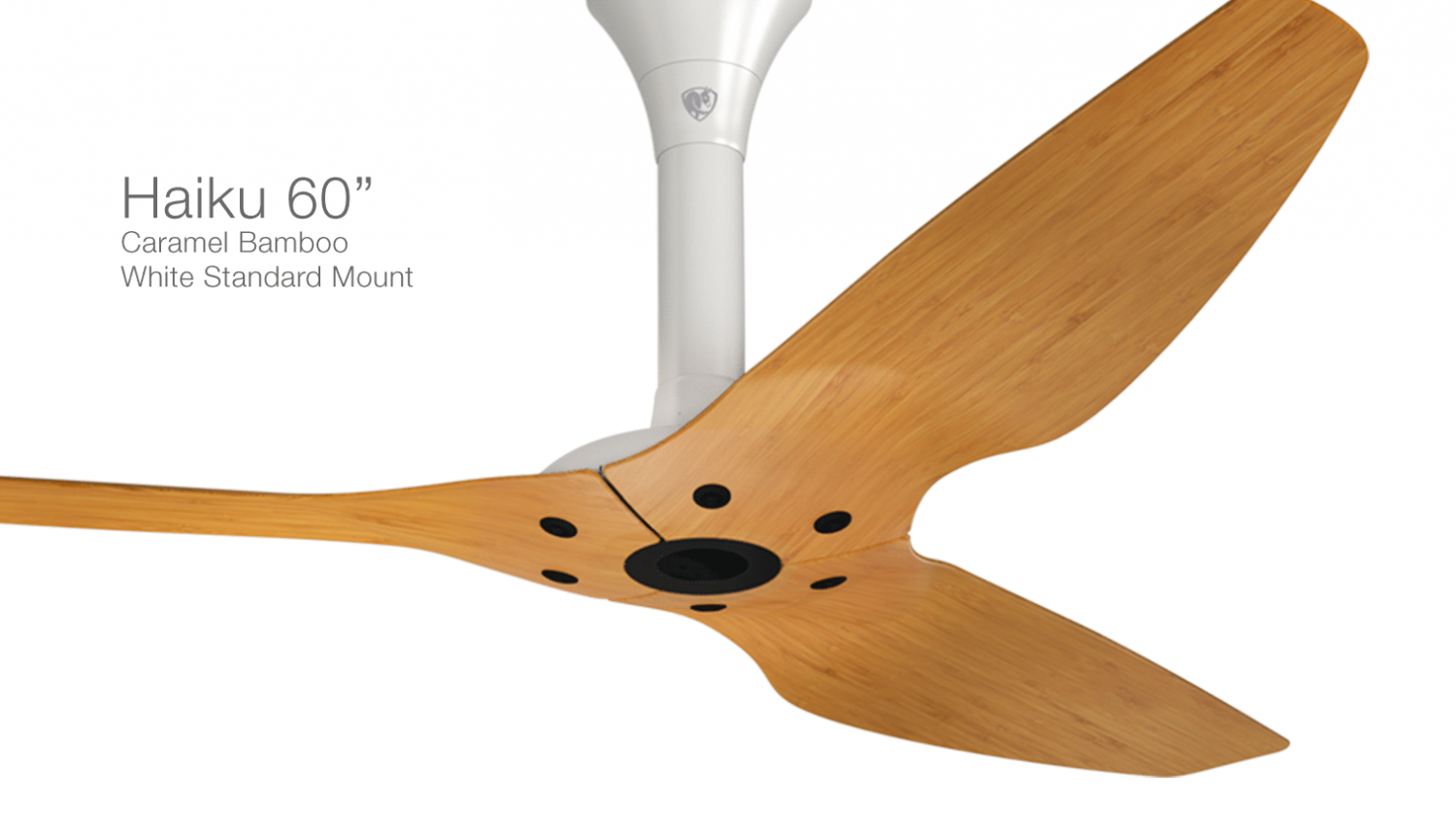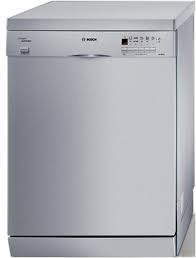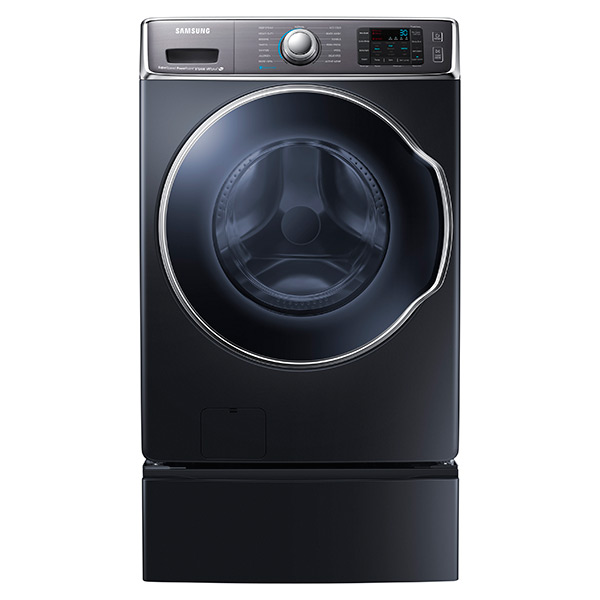I fixed a leaky faucet today. The job took about three minutes to do, thanks to the simple instructions sent to me by the manufacturer, California Faucets. It was just a little drip…but little drips can be costly to the environment and dangerous for your home.
About a month ago, my daughter – who doesn’t live at home anymore – mentioned that the cold water tap in her bathroom was dripping. In truth, I rarely go into her bathroom, so I have no idea how long the faucet was leaking. But if you’ve been following my blogs, you know that I like to quantify the impact of the issues I write about, so I decided to do the same here. I timed how long it took to fill a measuring cup to the ¼ cup mark and here’s what I got:
Actual time to capture ¼ cup of water: 4.75 minutes
Calculated time to capture 1 gallon of water: 304 minutes
Minutes in a year: 525,600
Gallons of lost water in a year: 1,729
1,729 gallons! That’s a lot of water from a small drip. According to the US EPA, our leak, which would represent approximately 1.6% of the water use of an average American family, is actually on the low side. In fact, the agency estimates that 13.7% of domestic water use is attributed to leaks.
With this back-of-the-envelope math in hand, I began to wonder…How much am I paying as a result of this leak, and does this represent the true economic cost of the problem? This sounds like a leading question…and it is. According to the NYC Department of Environmental Protection, NYC water costs 1 cent per gallon. At this price, the leak in my daughter’s sink would cost me approximately $17 per year. But if I have other undetected leaks and lose water at the average rate of 13.7% of annual water use, the cost rises to $150 annually. However, neither one of these figures represent the true economic and environmental cost of the water leak.
The billed water cost may be somewhere in the order of $17 - $150 per year, but that’s only part of what I’m paying for. So what is missing?
- If the water leak is in a hot water tap (this time it wasn’t, but now I’m speaking hypothetically), I will also be paying for the energy to heat the water. According to the US Department of Energy, “Water heating is the second largest energy expense in your home. It typically accounts for about 18% of your utility bill after heating and cooling.”
- What comes in must go out. Water that goes down the drain ends up in the sewers, and in NYC, we pay sewerage fees as well. So I’m paying for the water that comes out of my daughter’s leaky faucet and I’m paying again for that same water as it leaves my building through the drain.
- When I send clean, treated water into the sewer system, it returns to a sewage treatment plant where it will be unnecessarily treated again. In municipalities where wastewater volume outstrips the ability of the system to process it, water utilities are forced to invest in additional capacity – representing a capital cost that is ultimately passed on to consumers.
- When a leak goes undetected for a prolonged period of time, the risk of mold growth and property damage increases. There may be significant cost involved in mitigating the problem once it has gotten out of hand. Several years ago, we learned that one of our shower pans had failed and was leaking into the apartment below ours. Thankfully our insurance covered most of the cost of the damage – but we still had to pay the deductible, and both we and our neighbors had to endure the time and headache involved in coordinating and completing the repairs.
Data to quantify these additional costs is hard to find. But the argument for detecting and repairing leaks still makes sense. So here’s what we can do to minimize our water consumption from leaks:
- Periodically check your toilets for leaks. Pour a teaspoon of food coloring into the tank of your toilet. Wait 10 – 20 minutes and then look to see if the colored water has leaked into the toilet bowl. If the water in the bowl is colored, you have a leaky flapper that may need to be replaced. Some utilities and municipalities (like New York City) provide free test kits with dye tablets that you can drop in your tank.
- Check your faucets for leaks on a regular basis – particularly in rooms that don’t see much use. In the case of my daughter’s bathroom sink, I called the faucet manufacturer, California Faucets, and learned that I had a lifetime warranty on the faucet cartridge. The company’s customer service was excellent – they not only sent a new cartridge, but also emailed step-by-step instructions that enabled me to change the faulty cartridge myself in less than three minutes (check out the slide show below to see how easy it was to fix the leak).
- Look under your washing machine and dishwasher, and at the pipes inside your kitchen and bathroom sink cabinets for dripping or pooled water that indicate you have a leak.
- If you have an automatic irrigation system for your lawn or garden, check for puddles or areas where water seems to be bubbling up from the ground. And check where your garden hose attaches to the hose bib. If water is leaking at the connection, apply some plumbing tape to create a better seal.
- Review your water bill to see if your consumption patterns have changed. If you can’t explain why your water consumption has increased, you may have a leak that you can’t see and that may need to be reviewed by a professional.

